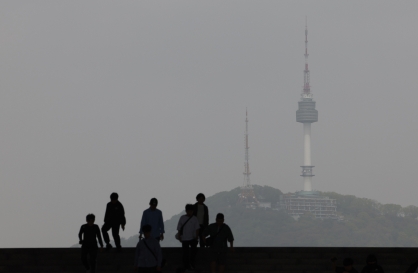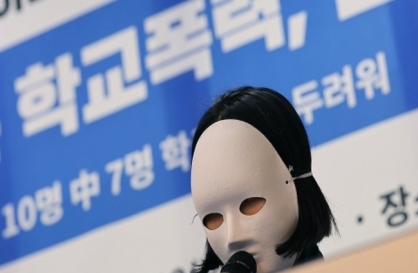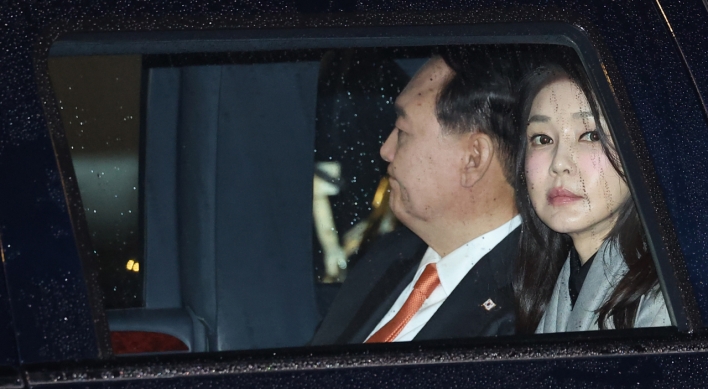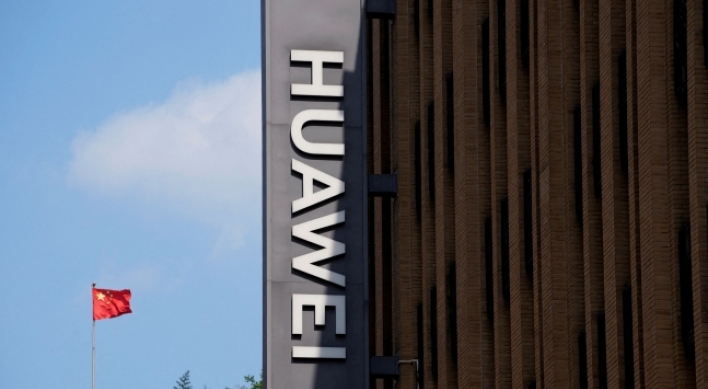India’s economy has stalled. Growth in the second quarter fell to 4.4 percent at an annual rate, down from 8 percent two years ago. The rupee has slumped. Consumer-price inflation is about 10 percent and rising. The country faces what could be a full-scale financial crisis.
This would be a testing situation even if India had a well-functioning government, but it doesn’t. With a general election due next May, politics are paralyzed. Between now and the vote, the Reserve Bank of India, led by its new governor, Raghuram Rajan, can do only so much ― but the central bank can at least resist demands to make a bad situation worse.
Like other emerging-market economies, India is suffering from uncertainty surrounding the U.S. Federal Reserve’s intentions on monetary policy ― specifically, the prospect of higher U.S. interest rates. But India is feeling more pain than most others, and for this can thank its government. Economic policy is in disarray.
To restore strong and stable growth, India will have to curb public borrowing, reduce its external deficit, attract foreign investment and get inflation back down. Thanks to the gridlock in New Delhi, the RBI is being asked to do it all with the one and a half policies at its disposal: interest rates (a powerful economic tool) and foreign-exchange intervention (a puny one). That’s impossible, and it would be a big mistake for the RBI to try.
The central bank’s best bet is to make clear that it will set interest rates to stabilize inflation. This would leave foreign-exchange intervention to lessen volatility in the currency ― a policy the RBI has already tried in a limited way, by selling dollars directly to oil importers.
The country’s reserves are too small for this to be done on a large scale, but there’s no need for that in any event; a cheaper currency is not such a bad thing. It improves India’s competitiveness, and the rupee would have to fall a lot further before it became seriously undervalued in terms of economic fundamentals.
True, depending on what else happens, the depreciation may add to inflation ― but containing that risk is what interest rates are for. It is the threat of inflation, not movements in the currency, that should guide interest rates. A clearer statement from the RBI that this is the policy would help to settle nerves.
With inflation already high, adding to aggregate demand can’t be the way to restore growth. On the contrary, because public debt is a mounting concern, the policy mix from now on should include budgetary tightening. To this end, India badly needs to broaden its tax base. Collecting more revenue won’t happen before the election; merely resisting pre-election demands to raise public spending will be difficult enough.
With inflationary pressures ruling out monetary or fiscal stimulus, what can drive growth? The best hope, as ever, is supply-side reform to unleash the country’s still-enormous potential. This is why the rupee’s fall is a blessing in disguise: It gives India’s puny export sector a chance to grow. Making the most of that opportunity requires a new effort by the government to sweep away regulatory and other barriers to investment. This would also attract new foreign capital and ― no less vital ― persuade overseas equity investors to stay put. If they should flee, India would be in much deeper trouble.
Whatever happens, this isn’t a rerun of the earlier crisis. In 1991, India was tied to a fixed exchange rate and almost drove itself bankrupt defending the rupee; with a floating currency and little foreign-currency public debt, this is no longer a danger. Back then, as the crisis engulfed the country, the so-called license raj was mostly dismantled, and soon the economy leapt ahead. In 2013, getting back on the high-growth track demands a second phase of reform, but the scale of the task isn’t so daunting.
India’s problems are soluble. As before, the question is whether its politicians can summon the will without an outright collapse to shock them into action.
(Bloomberg)
This would be a testing situation even if India had a well-functioning government, but it doesn’t. With a general election due next May, politics are paralyzed. Between now and the vote, the Reserve Bank of India, led by its new governor, Raghuram Rajan, can do only so much ― but the central bank can at least resist demands to make a bad situation worse.
Like other emerging-market economies, India is suffering from uncertainty surrounding the U.S. Federal Reserve’s intentions on monetary policy ― specifically, the prospect of higher U.S. interest rates. But India is feeling more pain than most others, and for this can thank its government. Economic policy is in disarray.
To restore strong and stable growth, India will have to curb public borrowing, reduce its external deficit, attract foreign investment and get inflation back down. Thanks to the gridlock in New Delhi, the RBI is being asked to do it all with the one and a half policies at its disposal: interest rates (a powerful economic tool) and foreign-exchange intervention (a puny one). That’s impossible, and it would be a big mistake for the RBI to try.
The central bank’s best bet is to make clear that it will set interest rates to stabilize inflation. This would leave foreign-exchange intervention to lessen volatility in the currency ― a policy the RBI has already tried in a limited way, by selling dollars directly to oil importers.
The country’s reserves are too small for this to be done on a large scale, but there’s no need for that in any event; a cheaper currency is not such a bad thing. It improves India’s competitiveness, and the rupee would have to fall a lot further before it became seriously undervalued in terms of economic fundamentals.
True, depending on what else happens, the depreciation may add to inflation ― but containing that risk is what interest rates are for. It is the threat of inflation, not movements in the currency, that should guide interest rates. A clearer statement from the RBI that this is the policy would help to settle nerves.
With inflation already high, adding to aggregate demand can’t be the way to restore growth. On the contrary, because public debt is a mounting concern, the policy mix from now on should include budgetary tightening. To this end, India badly needs to broaden its tax base. Collecting more revenue won’t happen before the election; merely resisting pre-election demands to raise public spending will be difficult enough.
With inflationary pressures ruling out monetary or fiscal stimulus, what can drive growth? The best hope, as ever, is supply-side reform to unleash the country’s still-enormous potential. This is why the rupee’s fall is a blessing in disguise: It gives India’s puny export sector a chance to grow. Making the most of that opportunity requires a new effort by the government to sweep away regulatory and other barriers to investment. This would also attract new foreign capital and ― no less vital ― persuade overseas equity investors to stay put. If they should flee, India would be in much deeper trouble.
Whatever happens, this isn’t a rerun of the earlier crisis. In 1991, India was tied to a fixed exchange rate and almost drove itself bankrupt defending the rupee; with a floating currency and little foreign-currency public debt, this is no longer a danger. Back then, as the crisis engulfed the country, the so-called license raj was mostly dismantled, and soon the economy leapt ahead. In 2013, getting back on the high-growth track demands a second phase of reform, but the scale of the task isn’t so daunting.
India’s problems are soluble. As before, the question is whether its politicians can summon the will without an outright collapse to shock them into action.
(Bloomberg)



![[AtoZ Korean Mind] Does your job define who you are? Should it?](http://res.heraldm.com/phpwas/restmb_idxmake.php?idx=644&simg=/content/image/2024/05/06/20240506050099_0.jpg&u=)














![[K-pop's dilemma] Is Hybe-Ador conflict a case of growing pains?](http://res.heraldm.com/phpwas/restmb_idxmake.php?idx=642&simg=/content/image/2024/05/07/20240507050746_0.jpg&u=)